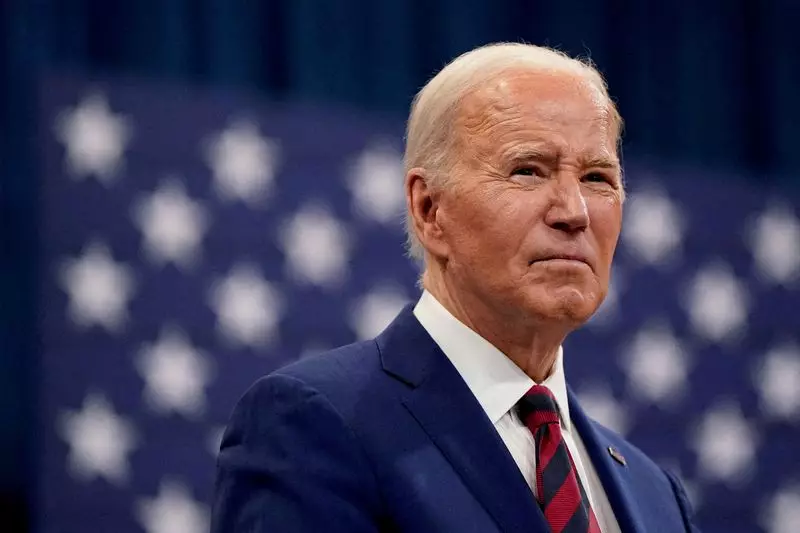The recent hot U.S. inflation data has injected new energy into the ongoing debate at the Federal Reserve regarding a potential interest rate cut. Despite indications from rate futures markets suggesting that the first rate cut is likely to occur at the Fed’s September meeting, just weeks before Election Day, the decision seems to be more complex than previously thought. The inflation numbers for the first quarter of 2024 exceeded expectations, causing a slowdown in progress towards the Fed’s 2% target.
The timing of the interest rate cut, if it occurs in September, would undoubtedly bring the Fed into the limelight, especially during the critical period leading up to the presidential election. There are concerns about the political implications of the decision, with incumbent President Joe Biden hoping for a soft landing of low inflation and unemployment to carry into the campaign season. On the other hand, former President Donald Trump has been vocal about his beliefs that a rate cut by the Fed would be a strategy to favor his Democratic rival.
Despite the lack of a specific start date for the rate cut, policymakers’ projections from last month indicate a consensus on delivering three quarter-percentage-point rate cuts this year. This outlook has been in place since December and was initially interpreted to mean that the first cut would likely come in June, with two more to follow throughout the year. However, the unexpected strength in inflation readings for March has caused many Fed officials to suggest that a near-term rate cut is unlikely.
Following the release of the March inflation data, several major financial institutions like JP Morgan, Bank of America, and Deutsche Bank have revised their predictions regarding rate cuts. The initial expectation that rate cuts would benefit the economy and potentially influence the election outcome has now shifted to a later timeline. Some analysts now believe that the Fed may not gain the confidence to start cutting rates until December or even beyond, leading to implications for both the economy and the political landscape.
The delayed rate cut timeline presents challenges for both presidential candidates. If the Fed decides to hold off on rate cuts until December or later, Biden could find himself campaigning against the backdrop of higher borrowing costs and persistent inflation. On the other hand, Trump’s arguments about the Fed’s intentions could lose some of their traction if the rate cuts are postponed. The uncertainty surrounding the Fed’s decision-making process has added a new dimension to the presidential election campaigns and could potentially influence voter sentiment.
The collision course between the Federal Reserve’s debate over interest rate cuts and the presidential election calendar is a complex issue that requires careful consideration. The implications of the Fed’s decisions on the economy and the political landscape are significant, and the timing of the rate cut could have a lasting impact on the election outcomes. The ongoing developments in inflation data and policymakers’ projections indicate a degree of uncertainty that will continue to shape the narrative leading up to the November election.


Leave a Reply